The College of Life Sciences at Sichuan University has just celebrated its 90-year anniversary of founding in 2014. At early stage, some world-known biological scientists and educators, including Taixuan Zhou, Chongshu Qian, Wenpei Fang and Kechang Yong were the leaders who contribute significantly for the development of life sciences in the university.
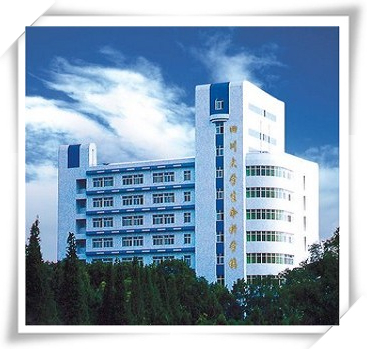
Elite undergraduate education. In 1994, the College of Life Sciences was formally established. Since then, the development of college has grown extraordinarily fast. It has been considered as an elite undergraduate college in China. There are three departments; Biology, Biotechnology and Ecology, with nearly 800 undergraduate students and over 1000 graduate students at present. The college holds two national training bases for biological and biotechnogical talents, three field-practice educational bases and a national representative Center of Biology Experimental Teaching.
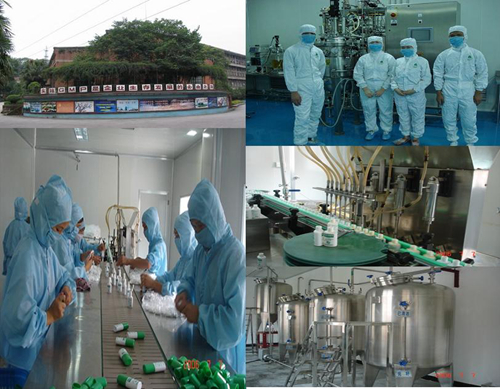
Outstanding faculty. The College of Life Sciences has a fleet of world-class faculties including one academician. At present, the college has 42 professors, 35 associate professors and 5 foreign faculty members.

Strong research programs. The college of Life Sciences has strong research programs covering from microorganisms, plants, animals, human diseases to ecology. There are two national key disciplines: Plant Sciences and Genetics. There is a national key laboratory accredited by the Ministry of Education of China; two “985” platforms; nine state key laboratories supported by Sichuan Province; seven research centers and institutes.
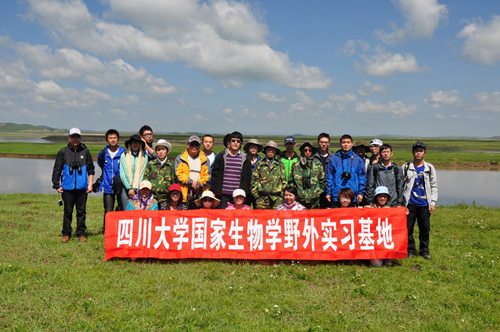
Rich resources. The botanical specimen museum and Zoological Specimen Museum are two nationally recognized museums. Founded by Professor Chongshu Qian in 1935 and further developed by Prof. Wenpei Fang, the botanical specimen museum holds more than 800, 000 specimens. The zoological specimen museum has a collection of more than 120, 000 specimens, considered to be the most abundant museum in the southwestern China and one of the best museum in China.

Pilot college for education reform. In 2011, College of Life Sciences has been chosen by Ministry of Education as one of the seventeen colleges in China to develop innovative programs for cultivation of talents. It aims to further the reform of Colleges and Universities regarding to the existing systems and institutional mechanisms, to promote reform in undergraduate admissions, curriculums, faculty recruitment and promotions and institutional governing systems. Since then, the College of Life Sciences at Sichuan University has carried out a great deal of reformsand achieved significant progress including opening the Green Pass to college admissions and talent recruitment.
Future development and talent recruitment. The College of Life Sciences at Sichuan University is determined to further develop into a leading institution of life sciences in China. There are four priorities of research areas. (1) The diversity and mechanism of gene resources, including the occurrence, development and molecular mechanism of species, varieties, high incidence of diseases; (2) Genetic variation and functional mechanisms, using modern molecular and genetic methods to resolve the variation in the traits (e.g., yield, resistance, diseases, etc.), and identify key genes involved; (3) Translational research, including efficient and sustainable use of genetic resources products (such as plant, microbial secondary metabolites, etc.), new drug development, new varieties of plants and animals, and new methods for detecting disease-associated gene mutations; and (4) Ecological protection of rare and precious gene resources in western China.
We sincerely invite established professionals and talented youth to apply for our talent-recruitment program. We believe that our bright future is ahead of us.
Research into Giant Pandas
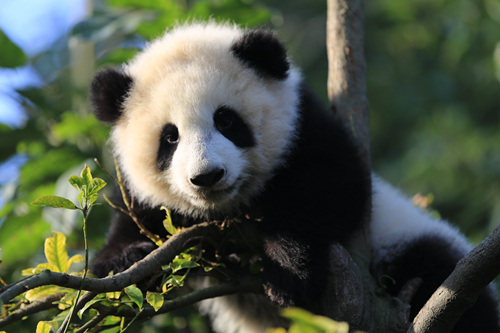
Since the 1970s, Sichuan University has been conducting research work into giant pandas, and participated in all the four rounds of field surveys and related research work concerning the projects of “National Giant Panda Quantity and Habitat Survey”. It currently has two research teams: One is involved in research on protection of giant pandas in the wild and their habits (research team led by Prof. Jianghong Ran), mainly focusing on the impacts of disturbances (earthquake, bamboo flowering, and human activities) on giant pandas and their habitats as well as the conservation strategies. Its research results have been published in such journals as Science, Conservation letters, Biological conservation and Oyrx. The other is targeted at giant pandas conservation genetics study (research group heady by Prof. Bisong Yue), whose studies are focused on genetic diversity, genetic relationship and population genetic management. It has established the Sichuan Provincial Key Laboratory on Conservation Genetics of Endangered Animals (co-established under the provincial and the ministerial efforts) together with Chengdu Research Base of Giant Panda Breeding. Its research results have been published on the magazines such as Molecular Ecology, Molecular Ecology Resources and BMC Genomics. So far, it has won for one time second prize of National Scientific and Technological Invention and on two occasions the second prize of Sichuan Provincial Scientific and Technological Advances.
Worldwide patterns of genomic variation in gray wolves
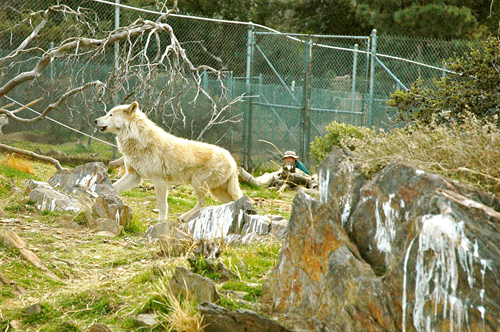
Complete genome sequencing has recently been applied to wild vertebrate populations, primarily the close relatives of humans, such as gorilla, chimpanzee and orangutan. The effort to sequence, the domestic dog, as the fifth species with a complete genome, has been followed by the development of extensive annotation and genomic tools such as SNP genotyping arrays. Specifically, the applications of these tools have led to hypotheses about dog origins, the role of admixture between wolves and dogs and the recent history of domestic dog and wild wolf populations.
The studies led by Prof. Yue Bisong at SCU and Prof. Robert Wayne at University of California, Los Angeles test these hypotheses with a geographically and taxonomically broad sample of 34 complete canine genomes. First, we find that domestic dogs do not cluster with any specific wolf population as might be expected if they evolved from a modern wolves. Second, we show that the divergence of dogs and modern wolf populations was recent and nearly simultaneous, consistent with a report based on an ancient wolf genome. Consequently, these findings support the hypothesis that domestic dogs evolved from a now extinct wolf population with different phenotypic characteristics than modern wolves. However, we show a dramatic pattern of worldwide admixture between modern wolves and dogs, with often more than 20% of the wolf genome attributable to admixture with dogs. This finding implies a far greater scale of hybridization than between ancient and modern humans (less than 5%) but that likewise may have resulted in the transfer of adaptive mutations in both directions, such as coat color mutations. The only wolves that have escaped recent admixture appear to be those living in North America. Such co-evolving genomes offer a unique mode of genome evolution perhaps common to domesticated species where wild relatives still persist. Finally, we suggest that the recent population bottleneck of wolves may reflect the expansion of modern humans into Eurasia, presenting a paradox in the interaction of human and wolves: humans may be responsible for the decline of ancient wolves’ numbers as well as their proliferation as dogs, which is the most abundant large predator on earth.. Part of these findings were published in the journal PLoS Genetics on 2014, and recently the rest findings were accepted in the journal Genome Research. Dr. Fan Zhenxin, an associate professor from the College of Life Sciences, SCU, is the co-first author of the first paper and the first author of the latest one.
International Research Cooperation Facilitates Prevention and Control of Tuberculosis in Sichuan Province
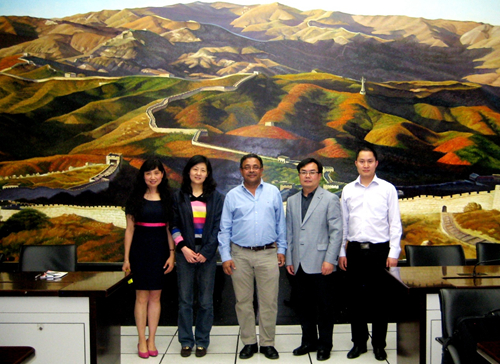
Tuberculosis (TB) is the most lethal infectious disease caused by a single etiological factor and China ranks the second among the 22 countries under heavy TB burden, while Sichuan is the province with the second largest population of TB patients in China, and its ratio of drug-resistant tuberculosis also exceeds the average level of the relatively developed eastern provinces. Hence, the research on molecular classification of mycobacterium tuberculosis can effectively forecast TB outbreak and epidemic trend. Prof. Qun Sun and his research team of key laboratory on resource microorganism and biotechnology, after years of research on drug-resistance evolution and molecular evolution of mycobacterium tuberculosis in Sichuan, have found out the distinctive drug-resistant gene of mycobacterium tuberculosis. In addition, for the first time, they discovered the relationship between multiple-infection and tubercle bacillus family in southwest China, thus offering a new and effective tactics for preventing and controlling tuberculosis.
The research is also a result of years of cooperation with Prof. Nalin Rastogi from Institute Pasteur of France. Prof. Rastogi, in charge of global reference database of mycobacterium tuberculosis genotyping, paid a visit to our laboratory in June, 2013. He assisted us in synchronizing our laboratory with international leading laboratories by making use of the Gold Standard (IS6110) genotyping techniques for molecular typing of mycobacterium tuberculosis, and utilizing the reference database to analyze the distribution of mycobacterium tuberculosis in China and the discrepancy between other regions. So far, both parties have jointly published 4 papers on Journal of Clinic Microbiology, Tubercolosis and other key journals. And the cooperation has won sponsorship from the National Natural Foundation of China, public welfare projects of Sichuan Province and key talents introduction projects under the Ministry of Education.
Neil Brewste’s Teaching life in SCU
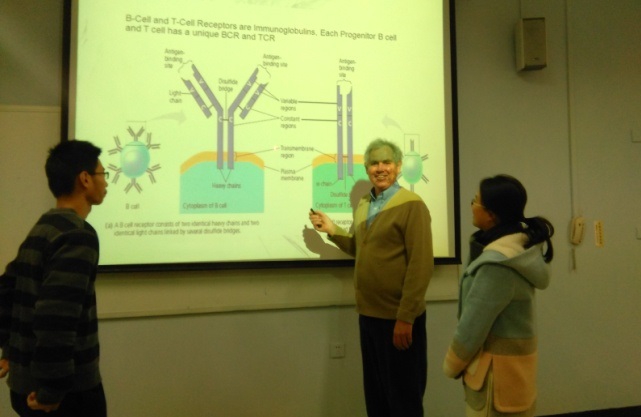
I'm in my second year as an Associate Professor at the College of Life Sciences. I teach a number of courses in the molecular biosciences to second year undergraduates. The College clearly recognizes the importance of the broader international scientific community to its own future success in collaboration and participation. For this our graduates will need to have a functional command of the English language, most critically in reading comprehension, to gain full access to scientific information. My students are thechosen few who have a sufficient demonstrable command of the language. This program needs to be expanded to develop the next generation of scientists and technology leaders. Ideally the secondary school system is the best place to start a program like this, by which selected science students be given the opportunity to be taught various science subjects in English. At the very least, just having a prior knowledge of a scientific vocabulary and instruction in pronunciation of scientific jargon would be very beneficial to students entering my classes.
My teaching experience has been a very enjoyable one. My students are very keen learners with pretty sharp minds, they understand the opportunity they have been given. There are challenges related to communication which one needs to be mindful of. I fine that I need to be more engaged with my students than I might otherwise need to be back home. I can't always assume that they understand what I'm saying. I generally seek feedback from them to ensure that they are following my line of thought. A common reaction from other Chinese students when they ask me about my line of work, is that I would need to speak very slowly because my students would be totally confused. In fact I tend to clip along at a reasonable pace. Speaking concisely and choosing words carefully is the real challenge, not necessarily just speaking very slowly. My students are very good listeners. The first week of class I can usually feel the apprehension, “what is he saying, what did he say”, but they soon settle into it. In the beginning it's important to reassure them that I will bring everyone along for the ride. I have a lot of confidence in their abilities, I convey this to them, and so honesty and trust goes a long way in this job, and so does mutual respect. Being able to speak a little Chinese and having some knowledge of the country's history and culture, paves the way for a more productive teaching experience.
In terms of improvements that might be considered, firstly, I think having a Teaching Assistant to take care of the administrative responsibilities and various other duties associated with the position is an invaluable asset for the foreign teacher. I think it's unproductive to expect foreign teachers to spend too much previous time handling certain matters that should only take a few minutes for a person who can read Chinese and who has a better understanding of how the administrative system operates.
For the teacher and student, there is a wealth of online resources to be had, if only we could gain access. Of all the sites I'm aware of, I would like the university to unshackle the ibiology.com website which would allow students to participate in seminars given by first class scientist on a wide range of very relevant topics, covering all the latest research developments in molecular biosciences. This is an invaluable learning and teaching tool for our students. Its sole purpose is to communicate the biosciences to a wide audience throughout the world. The topics complement and extend what we teach from our text books. The seminars can be integrated into our curriculum which will greatly extend the level of foreign expertise, more exposure to the English language in the biosciences, and at no expense.
I notice that our students enter the laboratory at an early stage of their studies. Lab work and technical proficiency are essential for a successful research career. Nobody disputes this, but I think we need to be mindful of the issues of long term motivation and meaning. The realities of research seem to be collaboration, publishing papers, and obtaining funding to continue the process. This is the reality, but we should not necessarily expect our graduates to feel that this is the intrinsic meaning of why they do science. Science is a philosophy
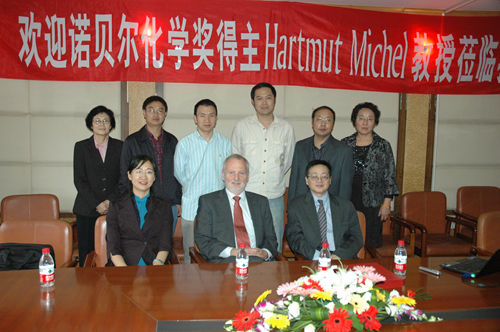
Prof. Hartmut Michel, Nobel Prize Winner in Chemistry
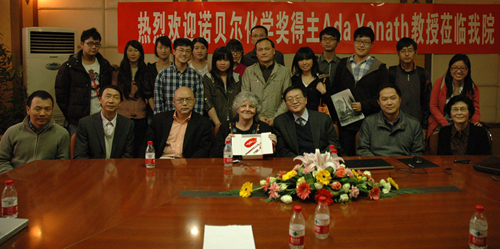
Prof. Ada Yonath, Nobel Prize Winner in Chemistry
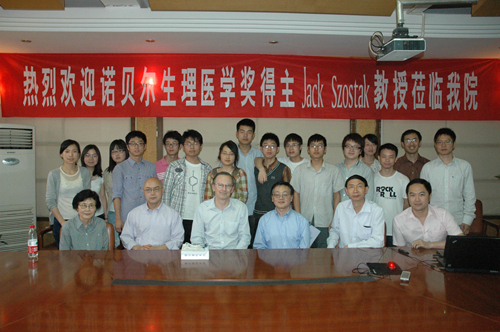
Prof. Jack Szostak, Nobel Prize Winner in Physiology or Medicine


